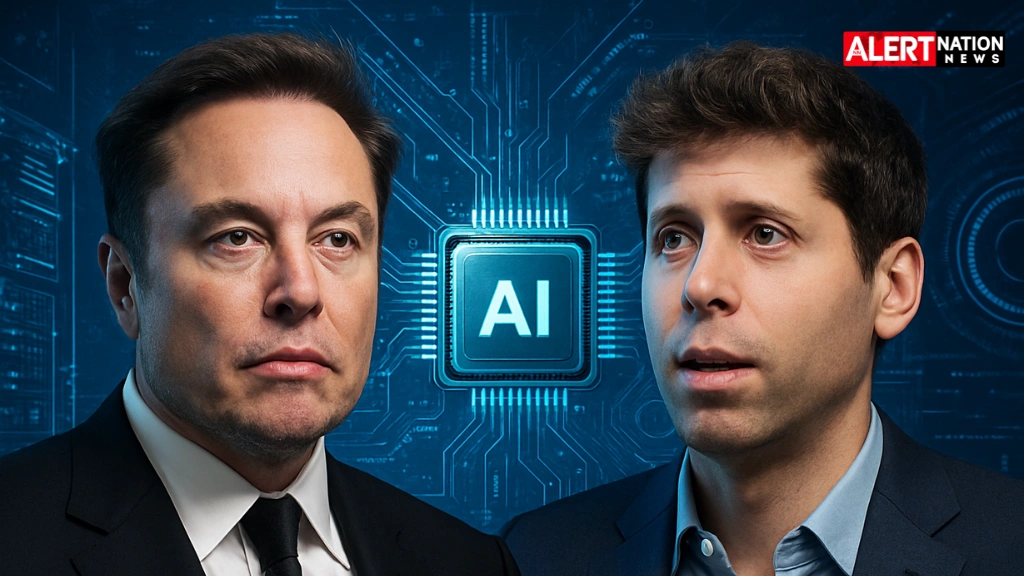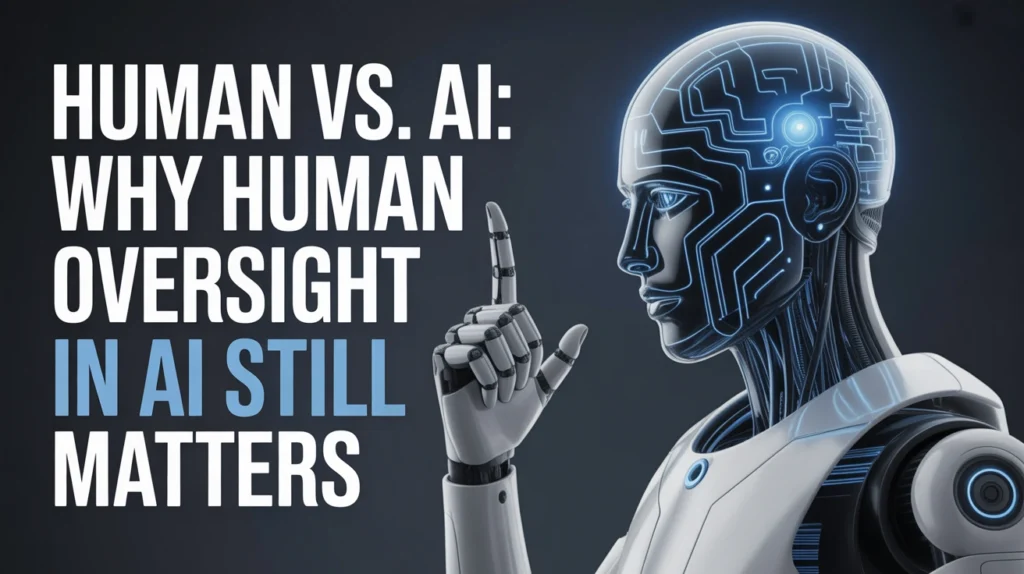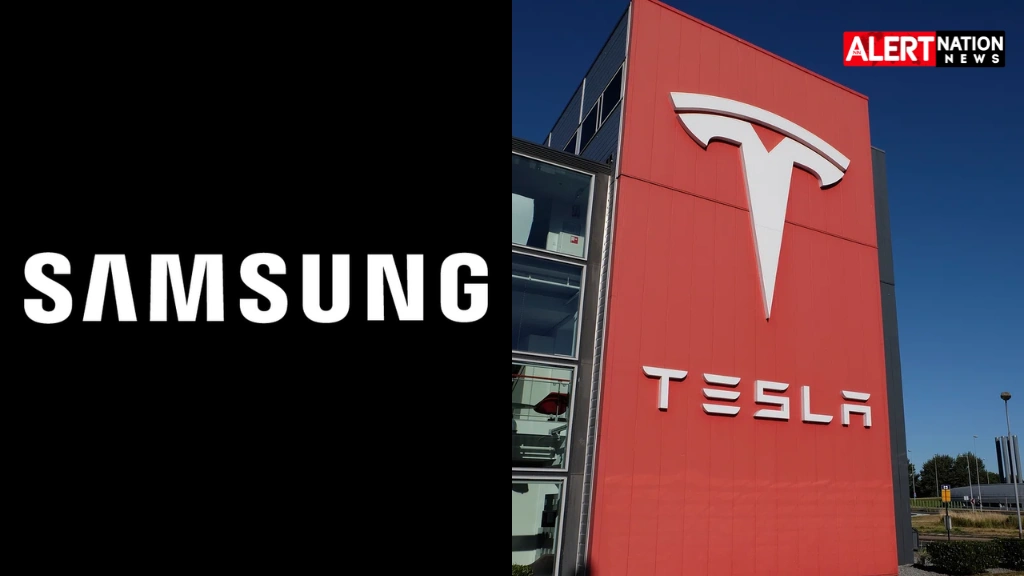July 24, 2025 – The artificial intelligence industry’s infrastructure competition has reached new heights as two major AI companies unveiled ambitious GPU expansion plans that could reshape the computational landscape of machine learning development.
Record-Breaking GPU Deployment Targets
Elon Musk’s artificial intelligence company xAI announced plans to deploy the equivalent of 50 million H100 GPUs by 2030, representing approximately 50 exaFLOPS of AI training compute power. The announcement positions xAI among the most aggressive infrastructure expansion strategies in the AI sector.
Meanwhile, OpenAI CEO Sam Altman revealed that his company will bring “well over 1 million GPUs online” by the end of 2025, describing this as a “hundredfold expansion” of current computational capabilities.
Current Infrastructure Foundations
xAI has already established significant computing resources through its Colossus data center projects:
- Colossus 1: Currently operational with 200,000 H100 and H200 GPUs plus 30,000 GB200 units
- Colossus 2: Under construction featuring 550,000 GB200 and GB300 nodes, totaling over 1 million GPUs
OpenAI’s expansion strategy centers on the Stargate Project, a $50 billion investment in US AI infrastructure over four years, developed in partnership with Microsoft, NVIDIA, and Arm. The company is constructing what it claims will be the world’s largest AI training cluster in Abilene, Texas.
Power Consumption Challenges
The scale of these GPU deployments raises significant energy infrastructure concerns. Industry analysis suggests that 50 million H100 GPUs would consume approximately 35 gigawatts of power—equivalent to the output of 35 nuclear power plants.
Even with anticipated improvements in GPU power efficiency, xAI’s 2030 target could still require 4.685 gigawatts. Current xAI facilities already demand between 1.4-1.96 gigawatts for the Colossus 2 data center alone.
Market Competition Intensifies
The GPU expansion announcements reflect broader competitive dynamics in AI development, where computational power has become as critical as algorithmic innovation. Meta’s Mark Zuckerberg has similarly outlined mega data center goals for AI superintelligence development.
NVIDIA continues to dominate the high-performance GPU market with its H100, GB200, and upcoming Rubin and Feynman architectures, positioning these chips as strategic assets comparable to critical commodities.
Investment Scale and Industry Impact
Financial analysts estimate that achieving deployment of 100 million GPUs across the industry could require investments approaching $3 trillion. xAI’s 50 million GPU-equivalent goal represents one of the largest infrastructure investments in computing history.
The compressed timelines—with OpenAI targeting 2025 and xAI aiming for 2030—underscore the urgency AI companies feel to secure computational advantages in the race toward artificial general intelligence.
Future Implications for AI Development
Industry experts suggest this infrastructure arms race signals that the next phase of AI advancement will be determined by companies’ ability to build and power massive computational systems, alongside traditional algorithmic breakthroughs.
The announcements come as global demand for high-performance GPUs has created supply chain pressures, making these processors increasingly strategic for national AI competitiveness and technological sovereignty.
Both companies’ expansion plans are expected to drive further investment in power generation infrastructure and specialized data center facilities designed for AI workloads, potentially reshaping the technology industry’s geographical footprint.
Also read:- Proton Launches Lumo: Privacy-First AI Assistant Challenges Big Tech’s Data Collection Model







Pingback: Can Grok 4 Really Read Your Doctor's Prescription? Elon Musk Says Yes, and People Are Going Crazy!
Pingback: The Third Phase of Generative AI: OpenAI's ChatGPT Agent Users Are Making it Works Like a Digital Employee - And It's Mind-Blowing